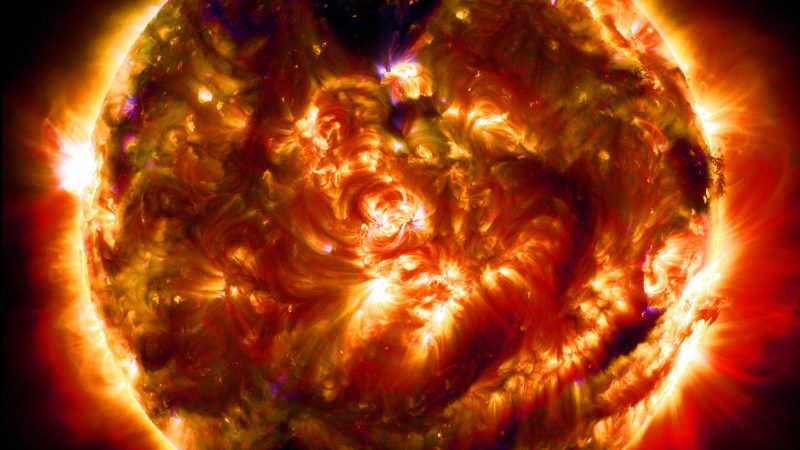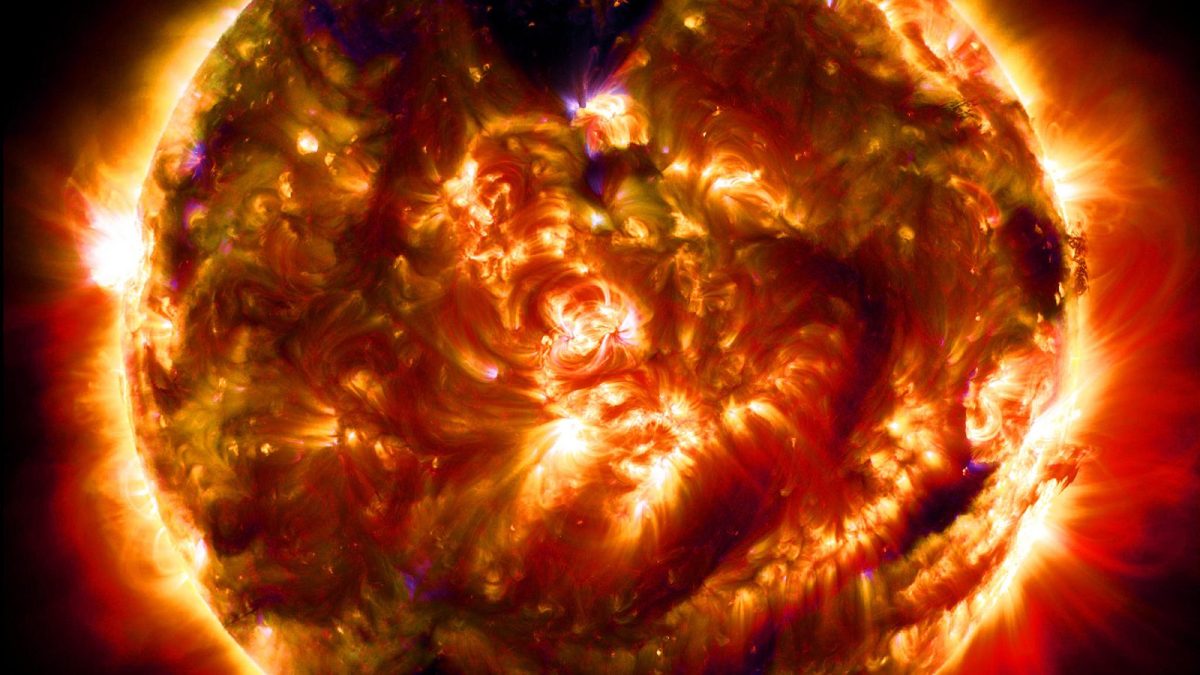
To peer deeper into space, a group of scientist from NASA’s Jet Propulsion Laboratory (JPL) recently unveiled a futuristic plan to turn the Sun into a telescope.
The method, called gravitational microlensing, uses the gravity of the sun as an enormous magnifying glass, according to Popular Mechanics. It plays off Einstein’s Theory of Relativity that says the gravity of massive objects, like the Sun, bends the path of anything traveling near it, which includes light.
Under the right conditions, gravity can magnify the space behind it to give telescopes the ability to see farther and more clearly than their technical capabilities allow. Gravity microlensing isn’t new. It’s been used already to discover objects hundreds of millions of lights years away, including the Earth-like exoplanet Kepler 452b.
However, using the Sun for this purpose is a bold concept—JPL scientists say it could increase the resolution of images by 1,000 times—that presents unique challenges. According to Engadget, a telescope using this technique would need to be in interstellar space to use the Sun’s light accurately. To get to that point, the telescope would need to spend about 160 years traveling through space.
—RealClearLife
This article was featured in the InsideHook newsletter. Sign up now.
























